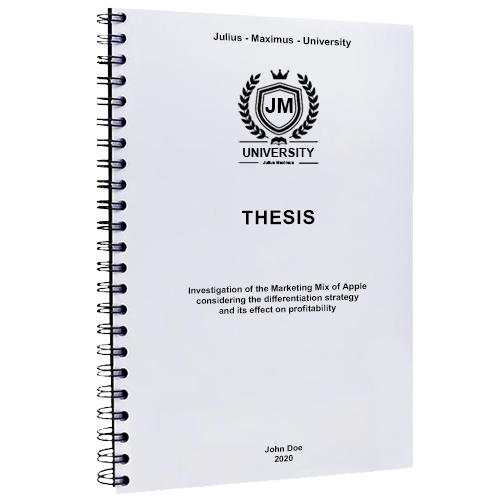To write a good essay is not enough just to express your thoughts on a piece of paper. If they are poorly structured, chaotic and steep, no one will understand what you wanted to say.
That is why an essay is a popular task in college. When you write it, you learn to think, define your point, argue and convince.
Here are the expert’s tips on how to do it as a professional.

Basic Essay Structure
Every good essay includes three necessarily parts:
- Introduction.
- Main part.
- Conclusion.
Let’s see it closely.
Introduction
In the introduction, the author briefly talks about the topic and main idea of the essay and explains the problem or the question he or she is going to answer in the main part.
It starts with general information and encourages the reader to read ahead. That is why the last sentence is essential in the essay introduction. It must be intriguing and has a touch-string for the main part.
Main part
In the main part, the author, in detail, illustrates his or her point. It can include three of four paragraphs, each of those starts with the sentence containing the main idea of it. For example:
- In the first paragraph, you write about one point of view, describing its pros and cons.
- In the second paragraph, you write the same but about another point of view.
- And in the third paragraph, you say your opinion, proving it with facts and comparing it with the above thoughts.

Conclusion
In the conclusion, the author tells a concrete summary of the essay. It cannot be any of the new information in this part. The last sentence of the conclusion encourages the reader to think about the problem by him or herself.
It may seem that with such a strict structure, every essay looks like all others. It is not true. Actually, the essay is a very flexible genre. Some writers use it to tell about the complexity of opinions about some issue. Others stick to only one point. And some questions still do not have the answer, so the author gives the information to think about.
The secret of a good essay is to define what you are going to say and highlight it properly. And to do it, you need to plan it first. It will be easier to do if you use these tips.
Step 1. Collect the Information
Begin with reading general data, notice important moments and dig deeper from it. Stop and proceed to another step only when you will be able to distil from the gathering information three main points. Also, an essential requirement is that you need to understand all these points. How to check it? Try to explain it to anyone with one sentence each.
Step 2. Write Down the Statements You Explored
When you are writing your essay, you will base it on these statements. Later, they will become the paragraphs in the main part of the paper.
Step 3. Write the Intro
In it, lead the reader to the statements you have written. Explain the background, problem and everything he or she needs to know to understand the subject.
Step 4. Separately Describe Each Statement
Separately because each statement must fit in one paragraph and you can`t include the information about the first point into the second paragraph and the opposite.
Step 5. Write the Conclusion
Think about the lesson you have learnt during the writing or a message you want to bring to readers and describe it. Also, come back to the background and origin statements and mention it.
Step 6. Reread Your Essay
You can do it not at once but in a day or two if the deadline lets you wait. Besides obvious grammar checking, during rereading, try to build links between parts of the essay. For example, add new sentences at the end of each paragraph to make smooth crossings.
Also, check the information in the main part and carefully evaluate the intro. You have written it before the essay so now, when the paper is finished, it is time to see how well its intro fits the rest of the text. Rewrite it better if it is needed.
By the way, it is okay to come back to the previous steps during the writing. For example, if you explain some points and understand that there is a lack of arguments in your paper. Then stop and look for some better facts than leave it as it is.
After you reread your essay to finish it, do it again but to edit it. That means you don’t need to add any new information but think about how to present the existing one in the best way. Here are some tips for editing:
- Delete all words without sense. Like introductory words or some adjectives. Guide the rule: if you delete a word and the sense of the sentence and text doesn’t change, this is an unnecessary word.
- Delete the sentences where you stray from the subject. You can use the rule from the previous tip.
- Build the text on the verbs. The verbs express action, and that is why make the text more energetic.
- Simplify or divide too long sentences.
- Alternate short and middle-sized sentences to save the rhythm of the writing.
At the very end, read your essay out loud and listen to how it sounds.
This text was written by Lauren Bradshaw, a professional academic writer of online essay writing help service Custom Writings.


